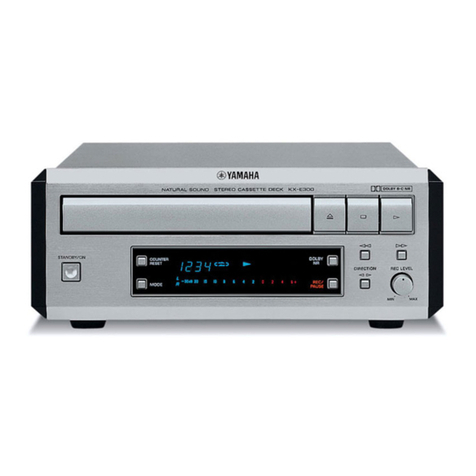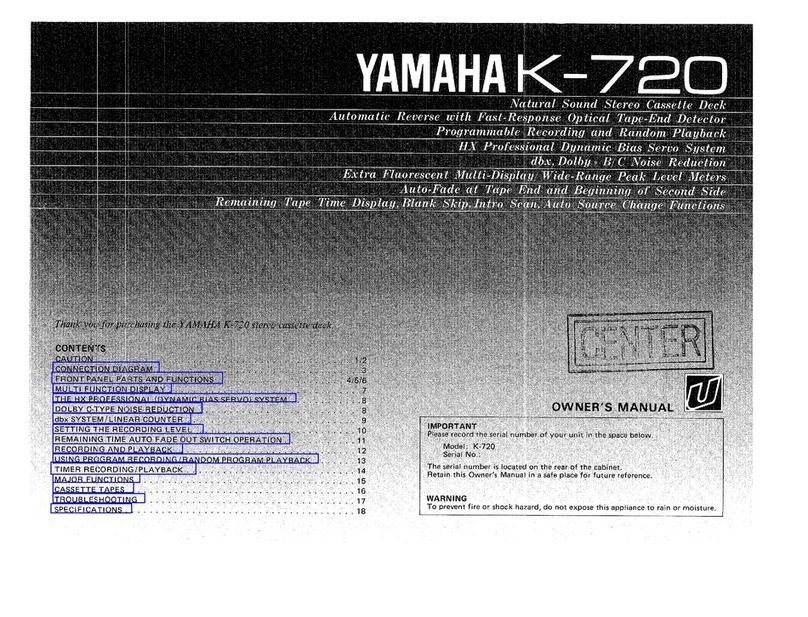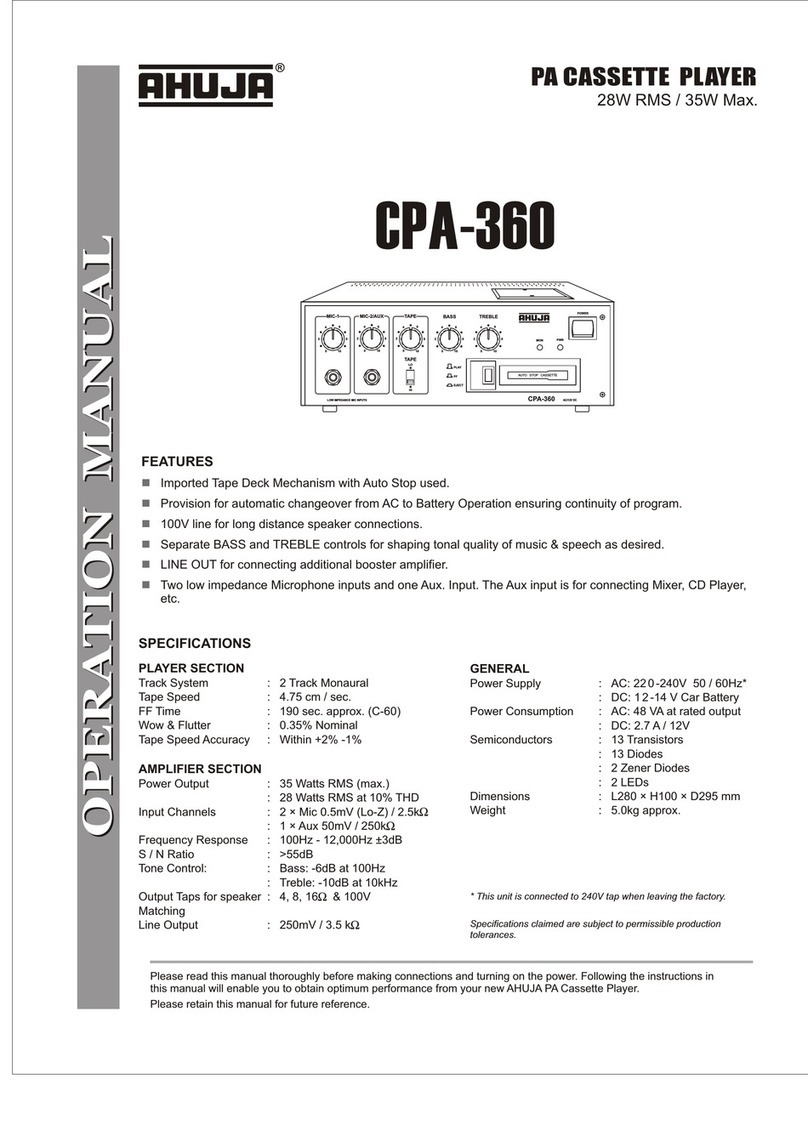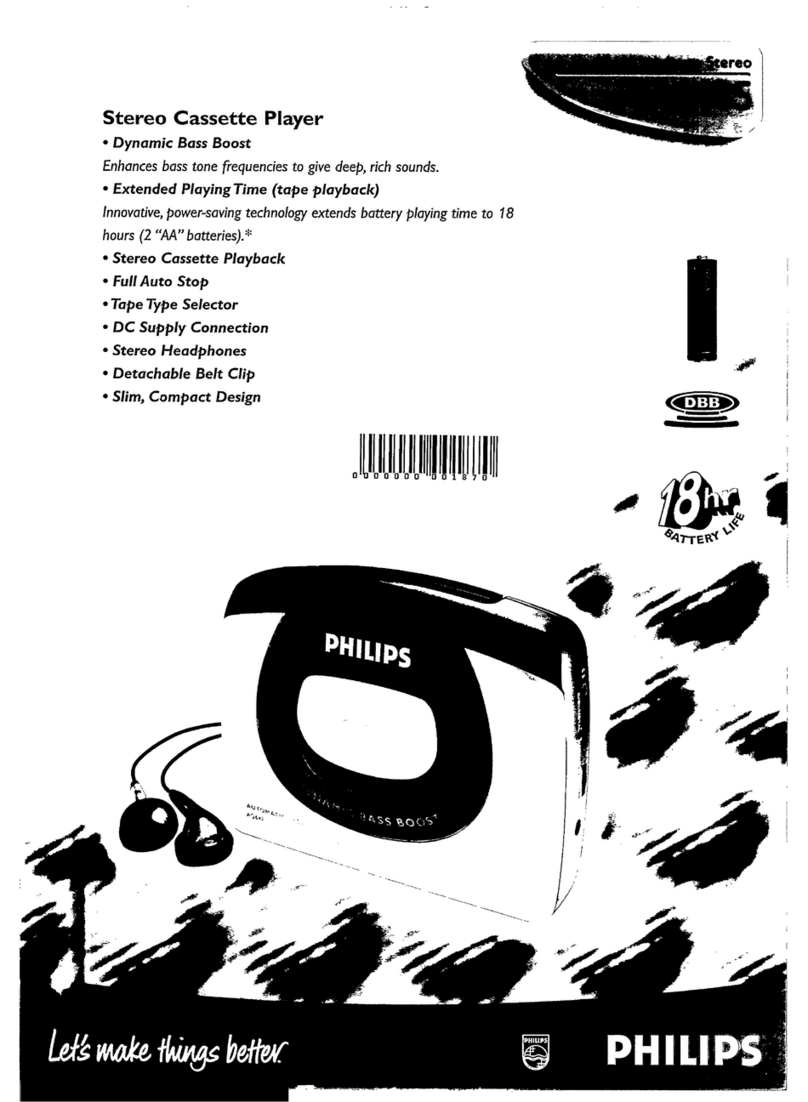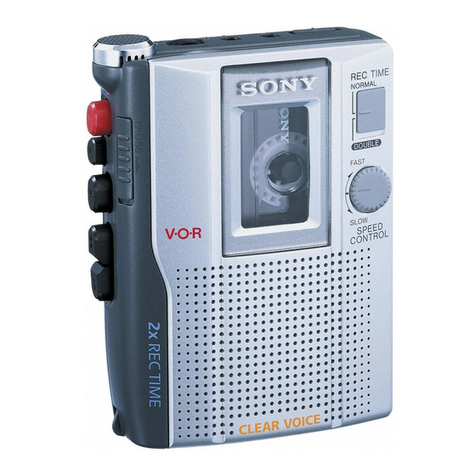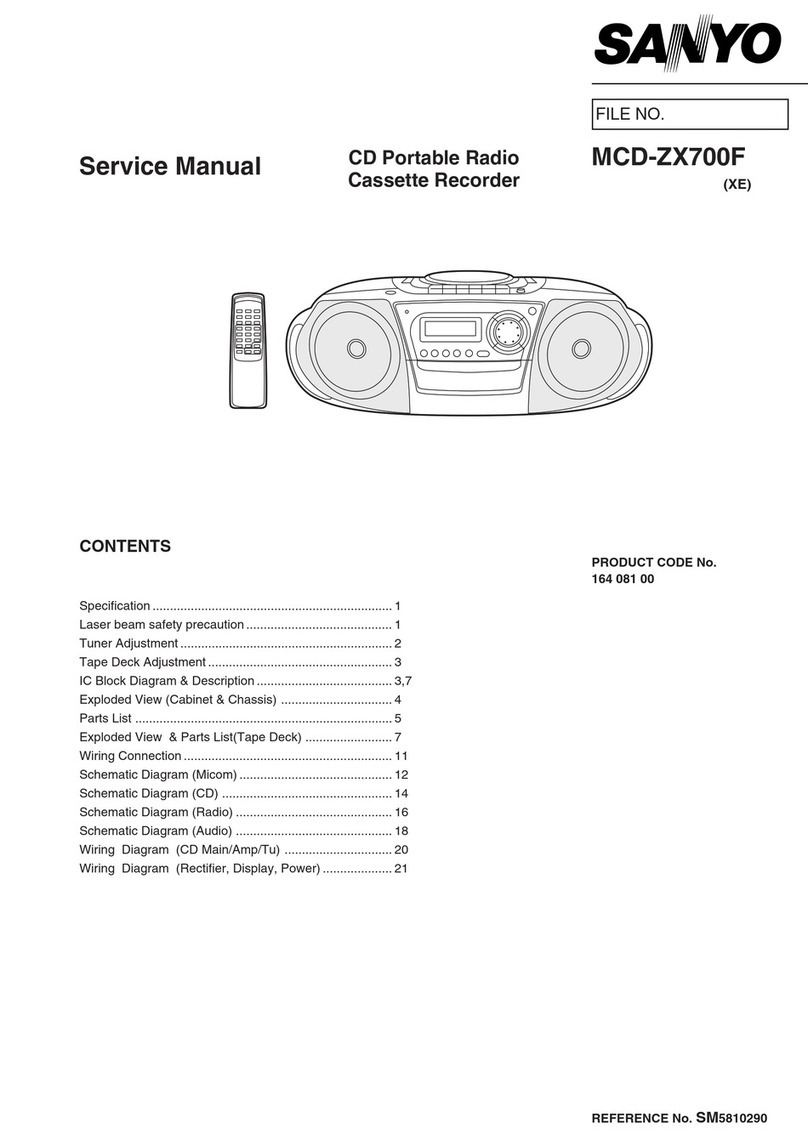Yamaha K-220 User manual
Other Yamaha Cassette Player manuals
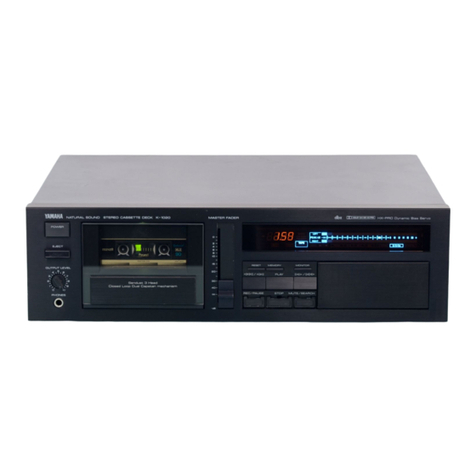
Yamaha
Yamaha K-1020 User manual

Yamaha
Yamaha TC-511S User manual
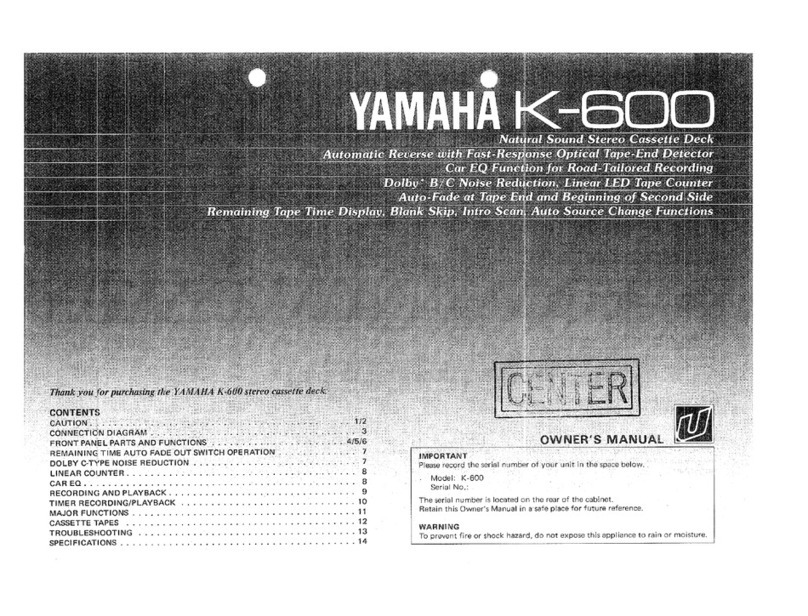
Yamaha
Yamaha K-600 User manual
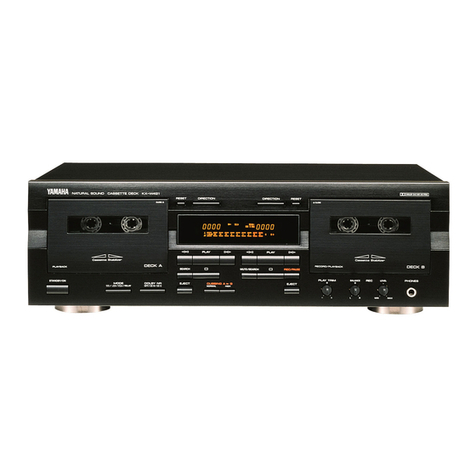
Yamaha
Yamaha KX-W321 User manual
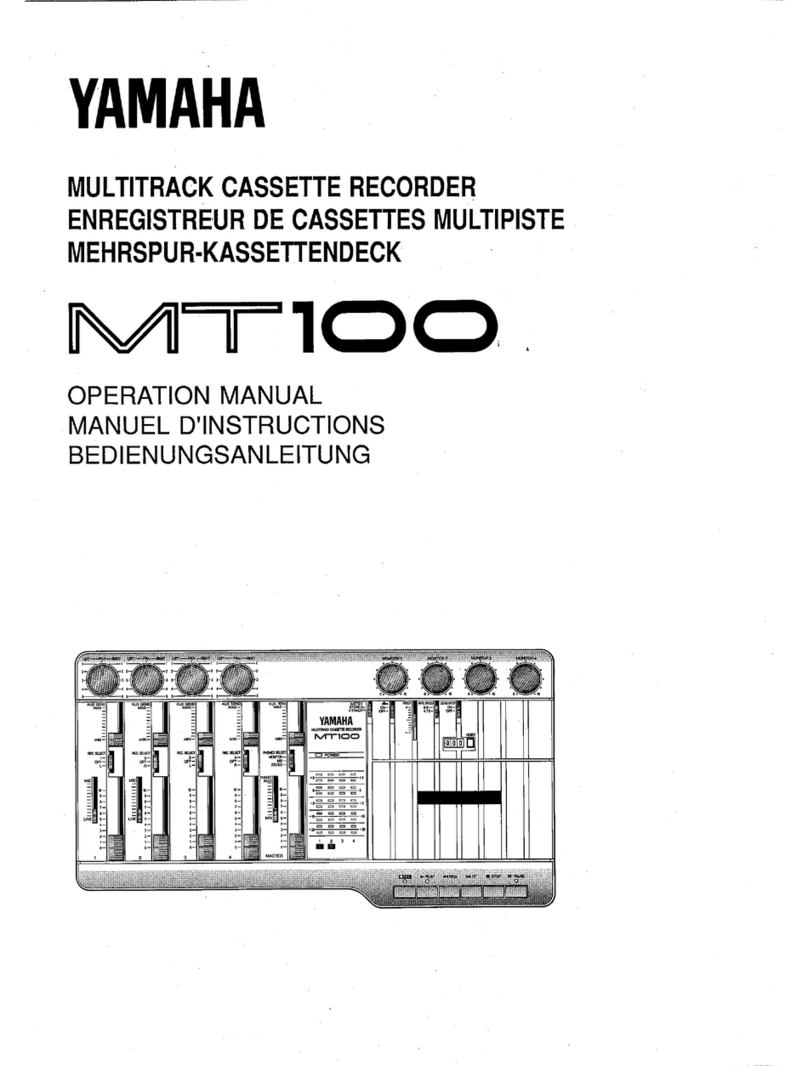
Yamaha
Yamaha MT100 User manual
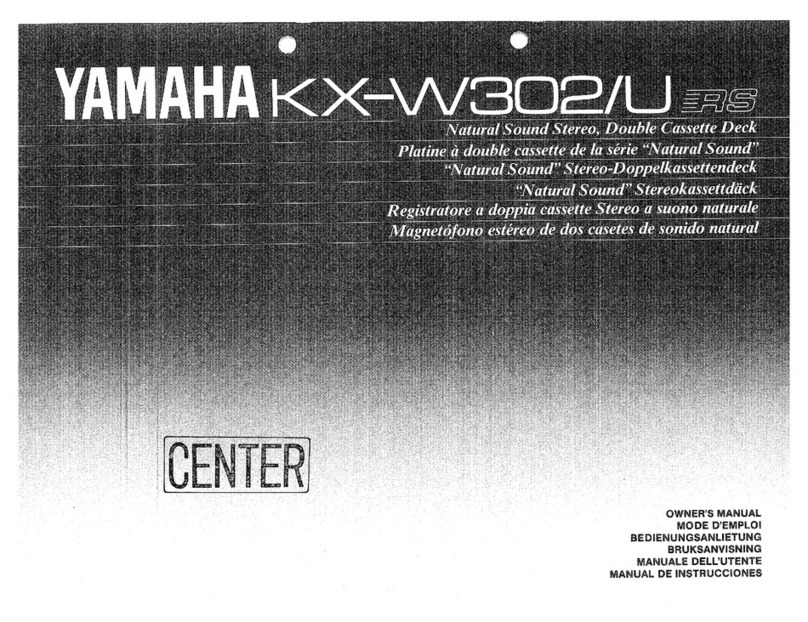
Yamaha
Yamaha KX-W302 User manual
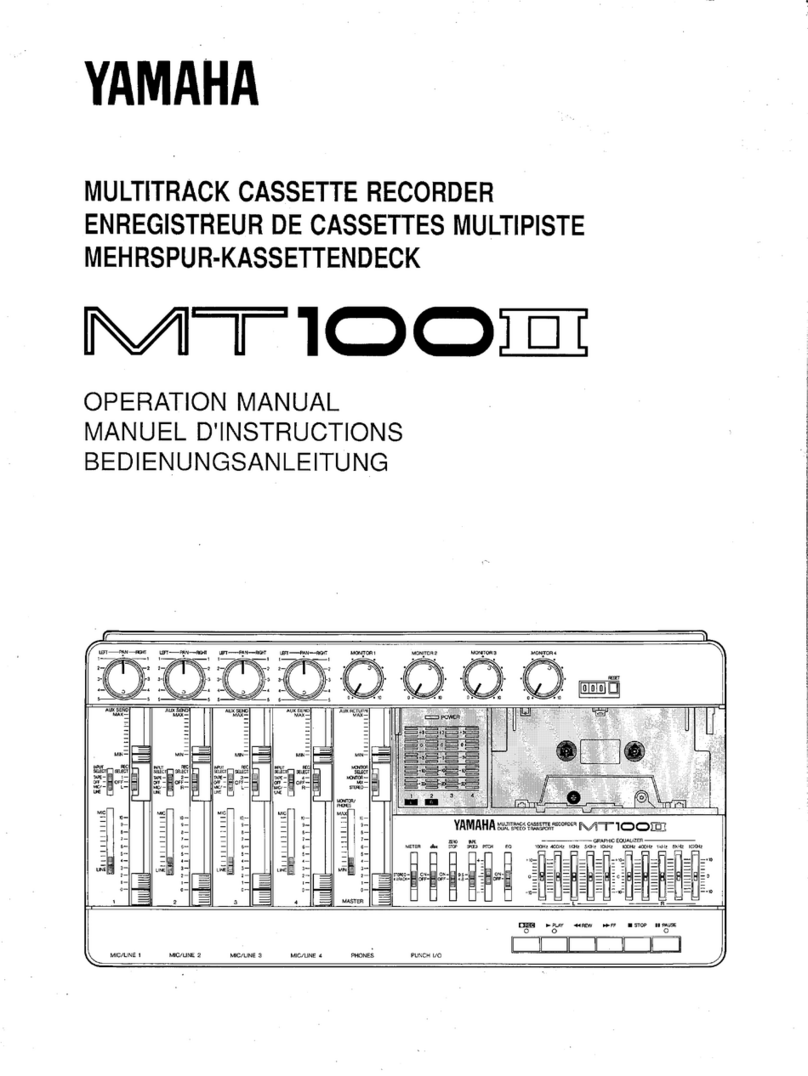
Yamaha
Yamaha MT100II User manual
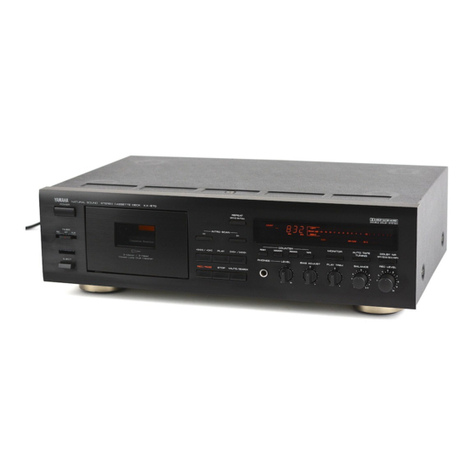
Yamaha
Yamaha KX-670 User manual

Yamaha
Yamaha MT4X User manual

Yamaha
Yamaha KX-500A User manual
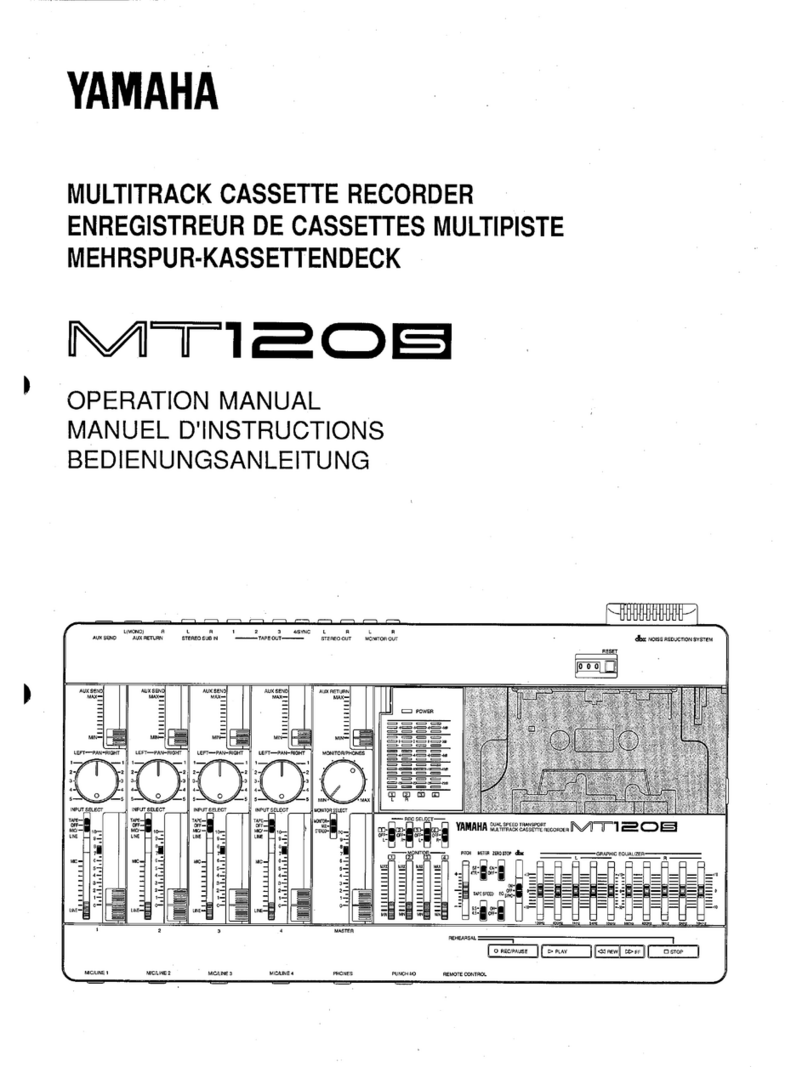
Yamaha
Yamaha MT120S User manual
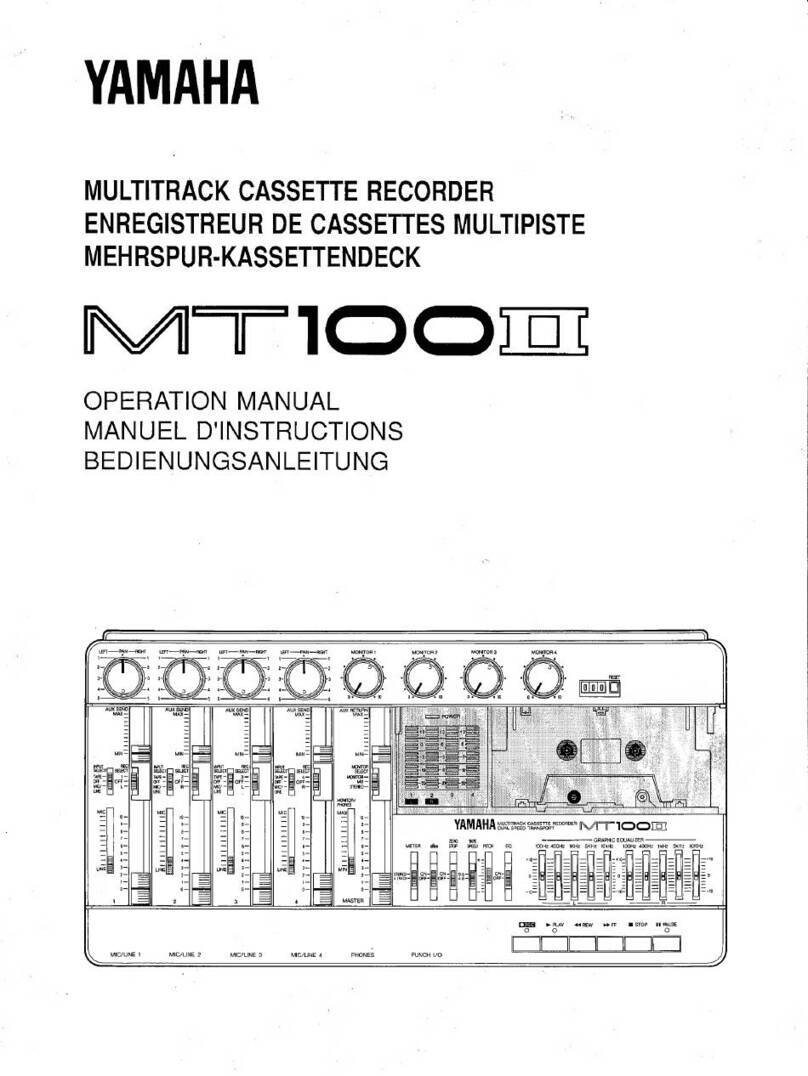
Yamaha
Yamaha MT100II User manual

Yamaha
Yamaha MT100 User manual

Yamaha
Yamaha MT44 User manual
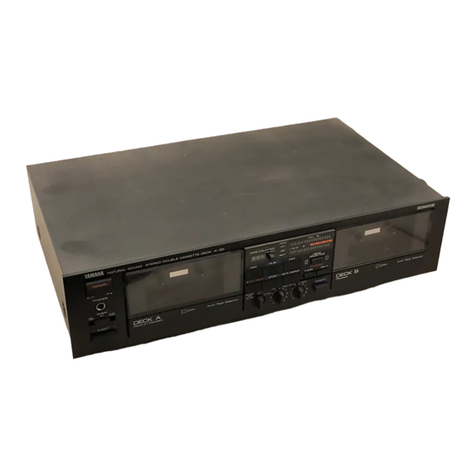
Yamaha
Yamaha K-30 User manual
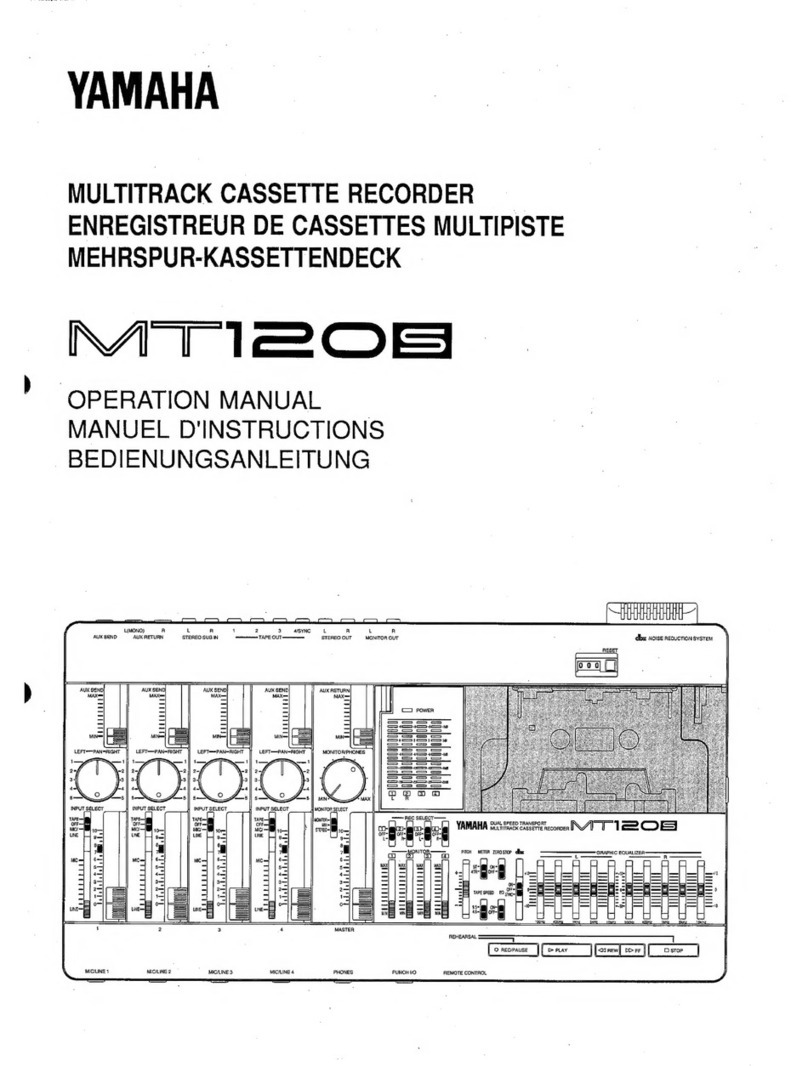
Yamaha
Yamaha MT120S User manual

Yamaha
Yamaha KX-W10 User manual
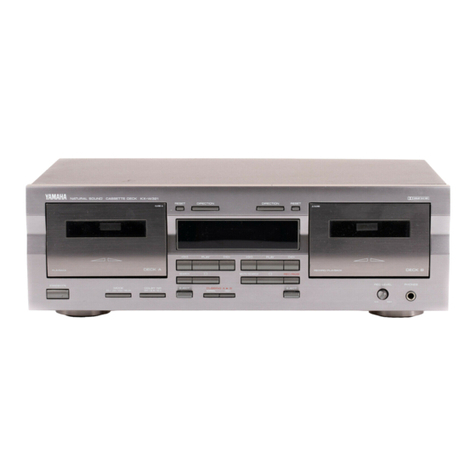
Yamaha
Yamaha KX-W421 User manual

Yamaha
Yamaha MT3X User manual

Yamaha
Yamaha KX-670 User manual

